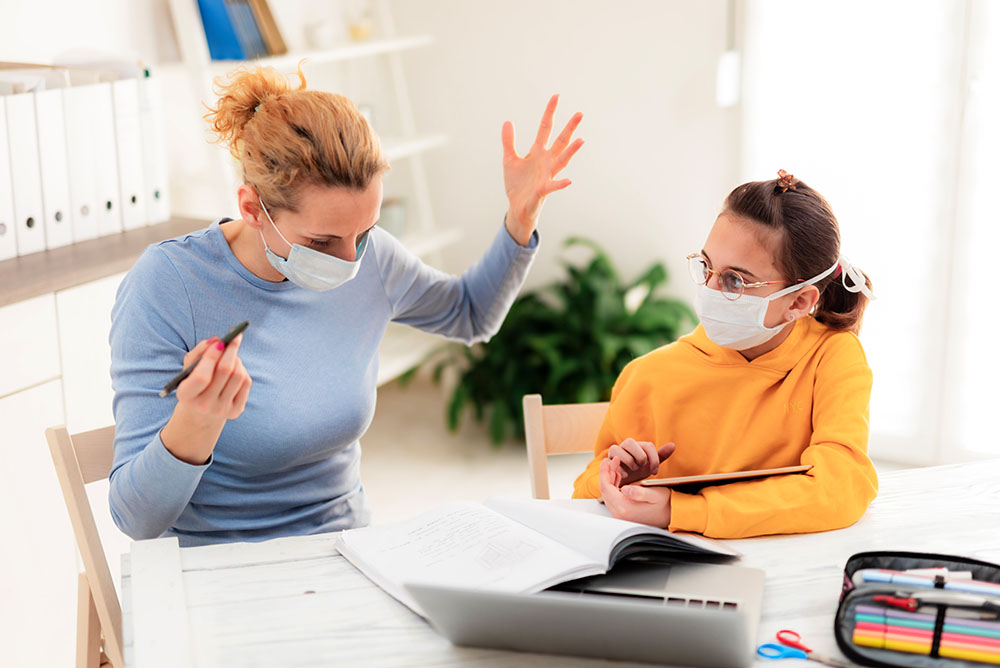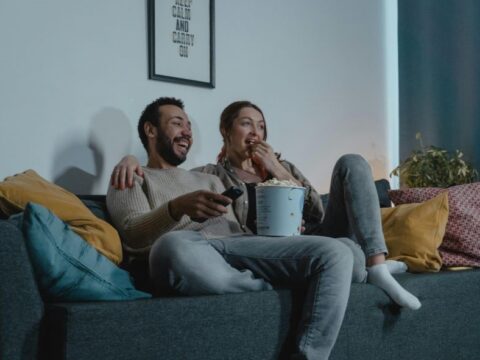Analyzing Consumer Attitudes on Back-to-School, COVID-19, and BLM
Bounce Back to School or Live & Learn at Home?
When news of “the coronavirus” started infiltrating the media last Spring, few of us imagined its trajectory would diverge too greatly from that of other headline-worthy viruses from the recent past. During the 2009 H1N1 pandemic, some people wore masks and pockets of schools closed temporarily, but life across the nation wasn’t turned upside down. The closure of virtually all public schools last March, however, affected at least 50.8 million students and their families, and came as a foreboding that COVID-19’s impact would be felt far and wide.
While the crisis has brought many things to a halt, child development isn’t one of them, and how to best educate students in the 2020/2021 school year is a matter of contentious debate. In the latest wave of our ongoing COVID study, we asked respondents which of four potential back-to-school scenarios they prefer. Results are in, and the largest proportion (39%) of Americans would choose home school/online only. Meanwhile, 25% think students should have a choice of whether to attend in-person or virtually, 21% think students should split their time between school and home, and just 15% think it’s best for kids to be at school full-time. Among those most directly affected by these decisions – parents and educators – preferences for remote learning are more pronounced: 44% of each group want home school only.
So how is it that we have such varying and disunited views on what’s best for kids and schools? The data tells us that back-to-school opinions are closely linked to other key attitudes and behaviors around COVID, as well as other current events dividing the country.
Since March, 30% of Americans have shifted from saying they’ll “Bounce Back” post-COVID (go right back to living the way they did), to saying they’ll “Live & Learn” – be a lot more cautious in what they do and how they do it. The Live & Learn group now accounts for a 71% majority, while the Bounce Backs have dwindled to 29%. The minority group who plan to jump back on the old track are twice as likely to prefer kids go back to school full-time (in contrast, just 9% of Live & Learners think this is the best option).
The minority Bounce Back group diverges from Live & Learners on more than just school circumstances. They’re less likely to feel that masks should be required, more likely to think businesses should continue to reopen (even at the risk of public health), and less likely to plan on getting vaccinated at the earliest opportunity. The only key demographic differentiator is that Bounce Backs skew 63% male – up from 55% in April.
The truth is, Bounce Backs just aren’t as concerned about COVID and are generally more optimistic and laissez-faire about the current events impacting society and the economy.
When asked how much the COVID-19 pandemic has personally affected their lives, they’re over twice as likely as Live & Learners to say “not very much” or “not at all”:
The Bounce Backs have a more optimistic economic outlook…
… and shorter-term expectations for the pandemic’s duration. As COVID life drags on, Americans are adjusting their mental timelines, but the Bounce Backs are still the most optimistic:
In May, 57% of Americans were hopeful the pandemic would resolve within the next 6 months;
now most Americans anticipate it will continue for at least another year

The belief that everything is okay helps explain why – even during a pandemic – the majority of Bounce Backs still feel comfortable going to public places like malls and convention centers:
In light of the Black Lives Matter movement, we measured Americans’ perception of racism in America. Just 28% of Bounce Backs strongly agree that racism is a problem (compared to 44% of total adults, and one-half of Live & Learners). Again, the sense that all is well explains why this group is less likely to make proactive behavioral changes in response to BLM:
Continuing the theme of the Bounce Backs’ confidence, 63% feel the President has done a good job dealing with COVID (just 42% of the total adult population feel this way). It should come as no surprise then, that 56% of the Bounce Back segment say they plan to vote for Trump in the coming election, and of all adults who want kids in school full-time, 70% plan to re-elect the President.
While “nature” (inborn temperament) is undoubtedly responsible for certain people identifying with Live & Learn and others with Bounce Back, the forces of “nurture” (experiences we have) appear to be pulling more Americans into the Live & Learn group as the pandemic drags on.
As we witness the success or failure of different back-to-school scenarios, progress toward a COVID vaccination, and an election outcome sure to shape our evolving society, our study will continue to track Americans’ attitudes and behaviors. Is it only a matter of time before life experiences shift more Bounce Backs to Live & Learners, or do some people continue to keep the faith they can Bounce Back no matter what? Keep checking our reports and blog posts, as time will surely tell.
To learn more about how and why consumer behaviors are changing in response to the pandemic, social issues, and the impending election, download our latest COVID-tracker report here.



